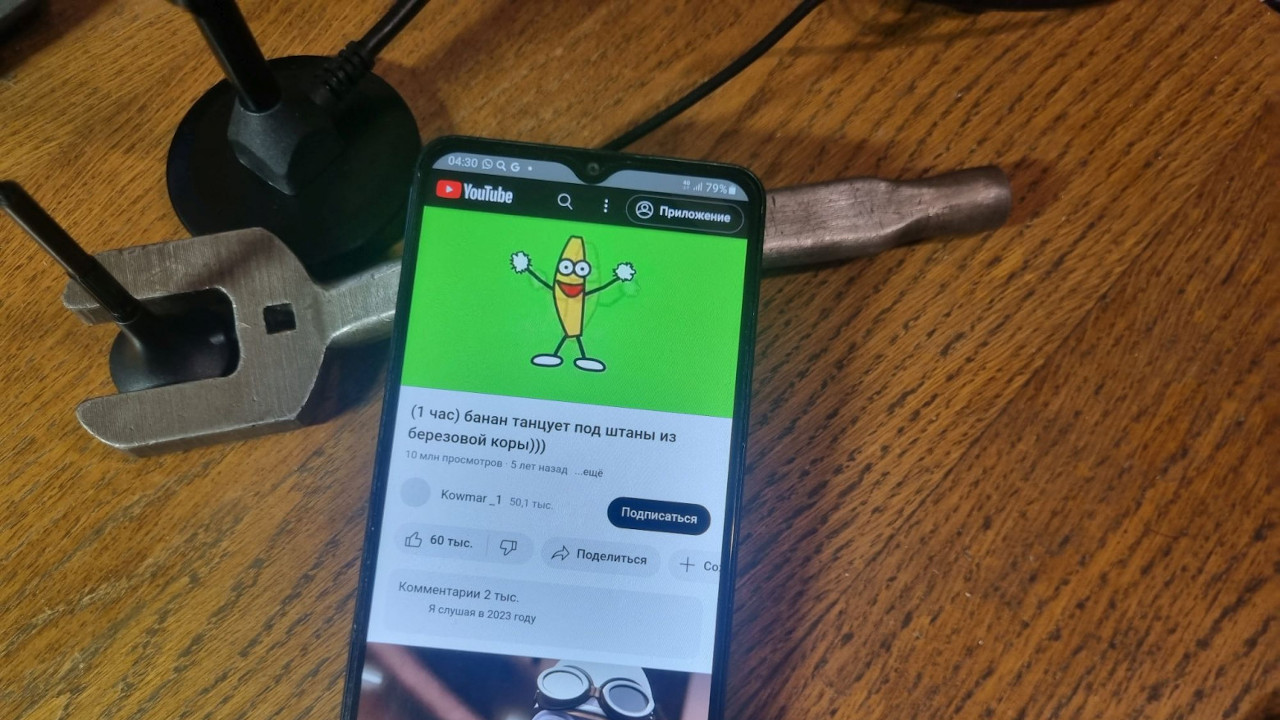Building Your Own 4G LTE Base Station [Hackaday]

We’ve seen quite a few DIY 2G networks over the years, but the 4G field has been relatively barren. Turns out, there’s an open source suite called srsRAN that lets you use an SDR for setting up an LTE network, and recently, we’ve found a blog post from [MaFrance351] (Google Translate) that teaches you everything you could need to know if you ever wanted to launch a LTE network for your personal research purposes.
For a start, you want a reasonably powerful computer, a transmit-capable full-duplex software defined radio (SDR), suitable antennas, some programmable SIM cards, and a few other bits and pieces like SIM card programmers and LTE-capable smartphones for testing purposes. Get your hardware ready and strap in, as [MaFrance351] guides you through setting up your own base station, with extreme amounts of detail outlining anything you could get caught up on.
, quality = 90<br />
” data-medium-file=”https://hackaday.com/wp-content/uploads/2024/02/hadimg_4g_bts_pic2.jpeg?w=400″ data-large-file=”https://hackaday.com/wp-content/uploads/2024/02/hadimg_4g_bts_pic2.jpeg?w=673″ class=”alignright wp-image-665452 size-medium” alt=”” width=”400″ height=”371″ srcset=”https://hackaday.com/wp-content/uploads/2024/02/hadimg_4g_bts_pic2.jpeg 1260w, https://hackaday.com/wp-content/uploads/2024/02/hadimg_4g_bts_pic2.jpeg?resize=250,232 250w, https://hackaday.com/wp-content/uploads/2024/02/hadimg_4g_bts_pic2.jpeg?resize=400,371 400w, https://hackaday.com/wp-content/uploads/2024/02/hadimg_4g_bts_pic2.jpeg?resize=673,625 673w” sizes=”(max-width: 400px) 100vw, 400px”></p>
<p>First, <a href=)
Of course, you won’t be able to connect to it yet — that’s where the SIM cards come into play. Flash them with your network’s ID and a few other parameters, add your SIM into the srsRAN database, plug it in, and see your network’s name appear on the phone’s home screen. Setting up a data connection is just a few commands away, too, as evidenced by a fair few SpeedTest screenshots!
There’s plenty of fun things you could achieve with such a base station: reverse-engineering of proprietary technology, security research, and probing for vulnerabilities through WWAN interfaces rarely considered as an attack surface. Maybe you could even set up your own cell network — if you ever go sailing in neutral waters, that is.
In case you’re not aware, operating such a network is illegal for basically any hacker reading this article — and it will be easy for your country’s relevant agencies to catch you in the act. As such, grab your Faraday cages and lead-lined fridges, and make sure that you don’t cause any illegal interference if you do end up exploring this path.
We’ve generally seen 2G base stations over the years, but with the sunset of 2G, those have only been useful in an increasingly low number of countries, and, every once in a while, a hacker camp. Need to debug your DIY network at some point? Grab an LTE sniffer!

![building-your-own-4g-lte-base-station-[hackaday]](https://i0.wp.com/upmytech.com/wp-content/uploads/2024/03/171420-building-your-own-4g-lte-base-station-hackaday.jpeg?resize=800%2C445&ssl=1)